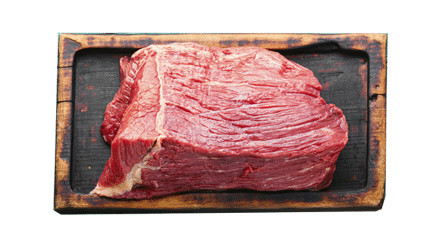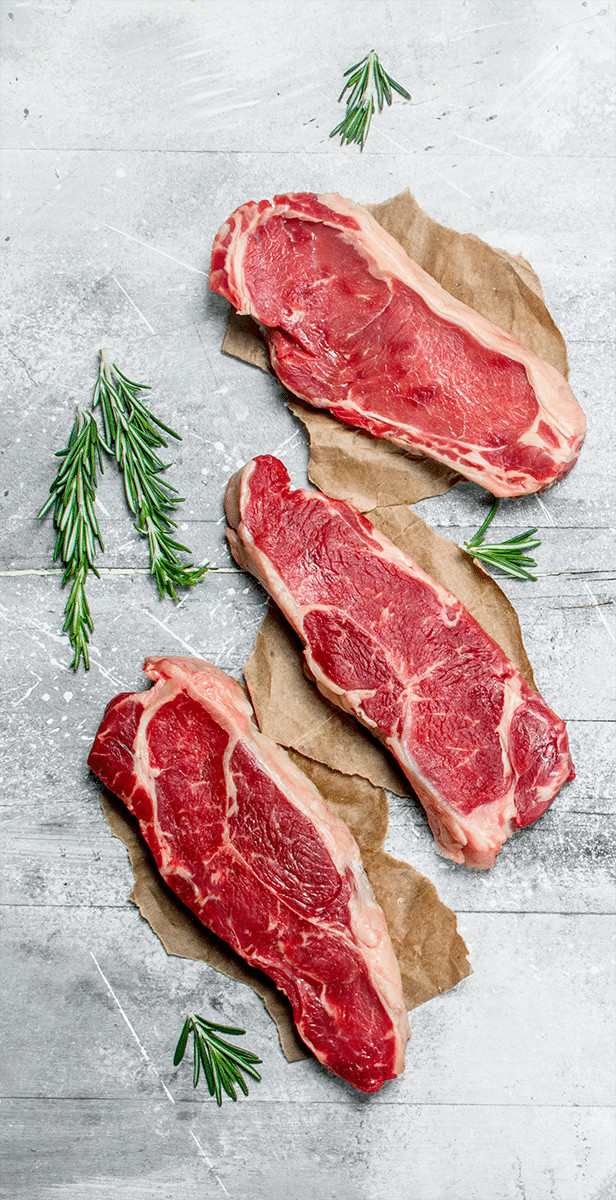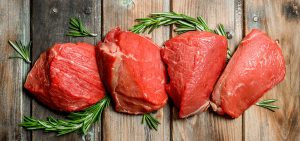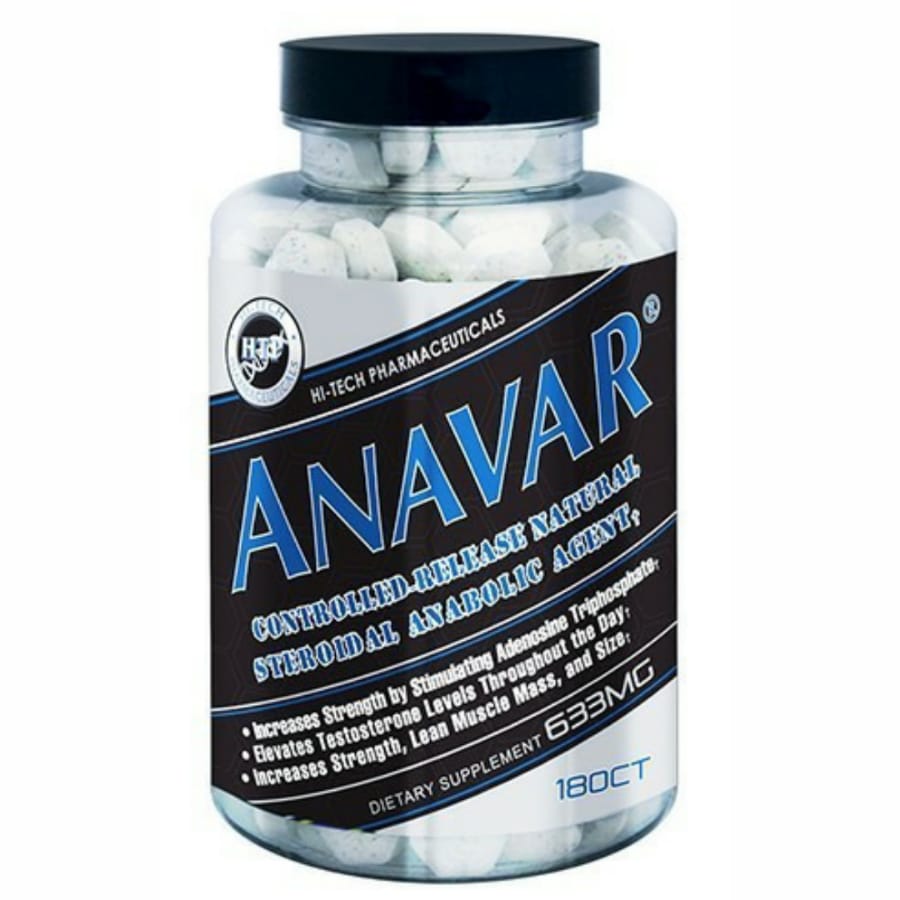
Is the consumption of red meat advisable during weight reduction?
Red meat is one of those foods that still arouse considerable controversy among nutritionists. Some believe that it is entirely unhealthy and should be eliminated from the diet. Others are of a wholly different opinion, as they emphasize the high nutritional value of red meat. So it is not surprising that many doubts arise in this regard. Active people may also ask themselves another question – should red meat be a part of the diet during a reduction? So it’s worth dispelling a few myths and questions about red meat.
What is red meat?
This question seems obvious. Most people refer to beef and pork as red meat. This is true, but we mustn’t forget that there are other products too. Suffice it to say that other products are also considered red meat:
– mutton;
– goose meat;
– venison;
– lamb;
– duck.
Red meat is thus a comprehensive concept. Moreover, such a conclusion will be significant in the context of the problem described. Why? Because red meat cannot be treated equally. This is because it is an incredibly diverse group of products that have different characteristics and nutritional values. Thus, generalizing here makes absolutely no sense.
Advantages and disadvantages of red meat
Opponents of red meat very often draw attention to the fact that it is fatty. Is that right? Yes, but there are very significant differences between the various types of red meat. For example, meat from roe deer (classified as venison) is one of the leanest meats on the market. Of course, you can put pork on the other side of the barricade, which is generally quite fatty. However, when it comes to beef, here, the fat content varies greatly. A good quality sirloin of beef contains very little. So, once again, red meat cannot be treated equally.
However, another issue raises major health concerns. The “WHO” has classified red meat in category 2A, which includes potentially carcinogenic products. This decision was based on research confirming the link between the consumption of red meat and cancer of the digestive system.
However, several aspects are worth noting:
Such studies mainly concerned processed meat, i.e., sausages, wieners, and cold cuts. All these products are usually made of red meat.
The most damaging effects associated with the consumption of such red meat were observed with daily consumption. Therefore, this is contrary to the principles of a varied diet, which should include different types of meat.
Improper heat treatment was also a risk factor.
The researchers paid particular attention to overcooked meat, which is even burnt in places. Unfortunately, such burnt meat contains many dangerous chemical compounds, so one must be careful while frying.
On the other hand, we absolutely must not forget about the significant advantages of red meat. First of all, it contains a large amount of complete protein and all essential amino acids. This is particularly important for athletes and strength trainers. Well-absorbable protein is the basic building block of muscle mass. Also, red meat contains a lot of iron, absorbed into the body much better than iron of plant origin. It’s also worth noting that meat foods are sources of B vitamins (especially vitamin B12). Their most considerable quantities can be found in offal.
Eating red meat while reducing – is it a good idea?
 It is already known that eating red meat can be beneficial for your health. However, it would help if you did not exaggerate its quantity. Current estimates indicate that approximately 350-500 grams of red meat should be consumed per week. Thus, a well-fried steak can be part of a healthy and balanced diet. So one more question remains. Should red meat be included in the menu during weight reduction?
It is already known that eating red meat can be beneficial for your health. However, it would help if you did not exaggerate its quantity. Current estimates indicate that approximately 350-500 grams of red meat should be consumed per week. Thus, a well-fried steak can be part of a healthy and balanced diet. So one more question remains. Should red meat be included in the menu during weight reduction?
Definitely yes! Admittedly, people who are trying to lose weight should avoid foods that are high in fat. However, it is important to remember that beef’s lean sirloin, for example, is not high in calories. Of course, goose meat or bacon are already really fatty meats, which may not be advisable. However, in general, in a diet designed to reduce body weight, there will undoubtedly be a place for red meat.
What is clear is that there are a few conditions that must be observed to reduce to be effective. Firstly, you need to make allowances for the calorie content of meat. Processed products are generally much more calorific than meat prepared on its own. Secondly, the chosen method of heat treatment is also essential. Deep-frying meat will undoubtedly increase its calorie content. Therefore, grilling or roasting is a much better choice. This way, the meat will retain its flavor while its calorific value will not be exceptionally high.
 Summary
Summary
Although red meat is notorious, many of the accusations against it are unfounded. It all depends on the consumer. If one eats good quality meat in moderation, one’s diet will be excellent. However, red meat should not be the primary source of protein in the diet. Therefore, it is worth taking care of diversity and eating white meat, fish, and other products rich in protein. People on a reduction program should pay special attention to the calorie content of red meat. In their case, an ideal substitute for bacon would be, for example, lean sirloin. So the conclusion is simple. Red meat can be incorporated into the diet so that it is still rational and balanced.
















